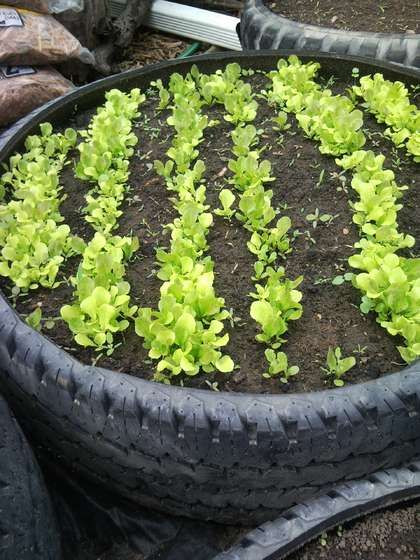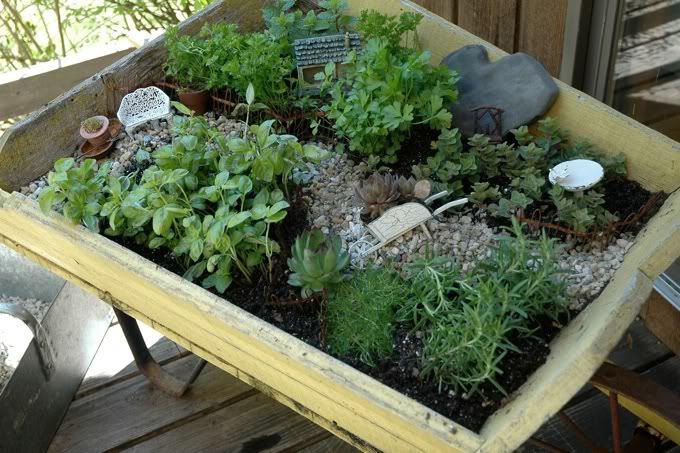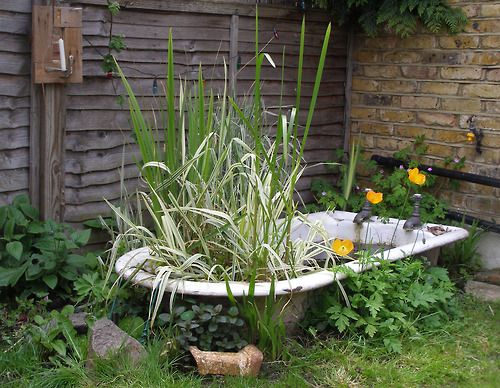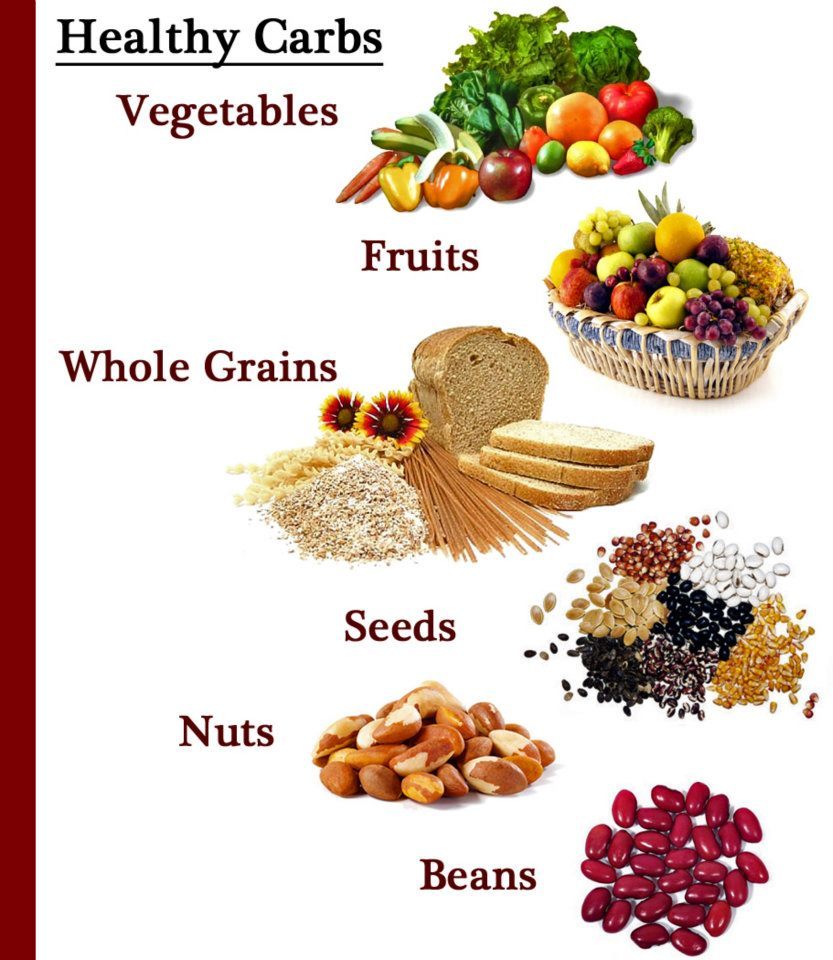On Friday, my partner and I had a surge of energy, so we cleaned up the yard, organized materials, burned recyclables for our garden so we could start prepping for Spring gardening. Technically, I will be gardening in February since I'll be starting Cabbage and Brussels indoors. In the first three pictures, you will see that I made seed starting trays out of water bottles and duck tape.
 |
| I always suggest to people they should use free, recycled, re-purposed materials to create your own tools/supplies. |
 |
| To make these trays, cut off the head/lid of the water bottle, line bottles in rows, then tape. |
 |
| Remember to puncture holes in the bottoms of each water bottle for drainage. |
 |
| The compost pile is full of leaves that I raked up around the yard. |
 |
| Compost should be 1(nitrogen):3(carbon) ratio. Compost needs to contain 1 part food scraps to every 3 parts of wood-based materials (leaves, sticks, bark, ash, paper) |
 |
| This past summer I grew tomatoes, peppers, and beans here. Next Spring, I will be growing Cabbage, Brussels, and Broccoli here, as seen here. |
 | |
| In the making of our herb garden. We had logs around our house from a tree we had to cut down. |
 |
| More free materials! |
| Photo Source: Romantic Garden |
 |
| Burning brush and wood from around our yard helps add nitrogen to our soil, and it also helps us to expand the garden. |
Below I have posted a video from growingyourgreens.com, where "John goes on a field trip to Orange County Farm supply to share with you their hanging vertical garden made from an old shipping pallet. In addition, John shares with you how to deal with pests in your garden organically without the use of man made chemical poisons. In addition you will learn the most important aspect of a vegetable garden the soil and the best nutrients to add to supercharge your plant growth to grow bigger and tastier fruits and vegetables":
Check out the link below to see specific gardening requirements for each fruit, vegetable, and herb:
Vegetable Gardening Guide from Explore Cornell University





























